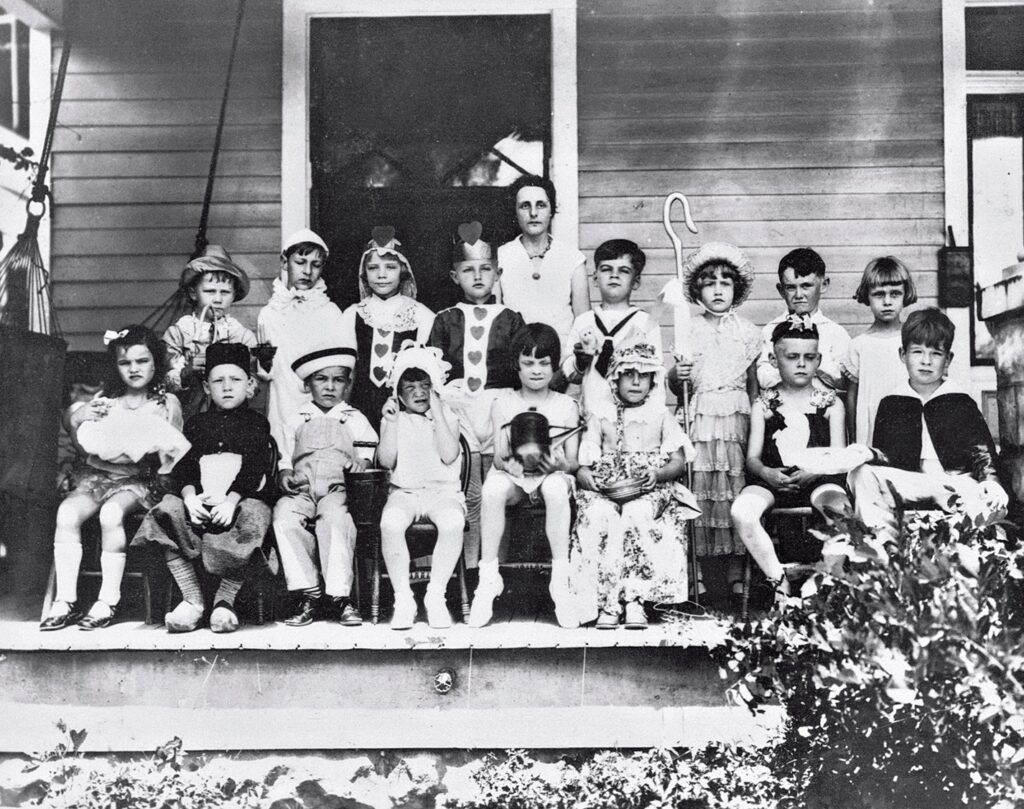Header photo: Mary Buckland with the French Primary School class of 1928.
by Elaine Slayton Akin, RAP Archivist
What could be a more fitting time to highlight the historic schools of Riverside Avondale and the urban core—some long gone, some still in use—than back-to-school season? As students and faculty return to classrooms and caregivers lend their time to drop-offs and pick-ups, they each become a new wrinkle in the long lives of our neighborhood’s beloved educational institutions. Schools such as Riverside High, West Riverside Elementary, Fishweir Elementary, and St. Paul’s Catholic are still operational, still welcoming class after new class every fall, continue to play major roles as active community hubs, their stories still being written. Some schools, however, have closed and instead hold space in our minds and memories.
French Primary School
In fact, as many Riverside Avondale residents already know, perhaps even through a previous RAP blog post in which we explored the digitization of “French by Sound” vinyl records, a French Primary School was operated by Grace Buckland and her elder daughter Mary from 1918 into the 1940s right here on the first floor of the Buckland House, where the RAP headquarters are located.
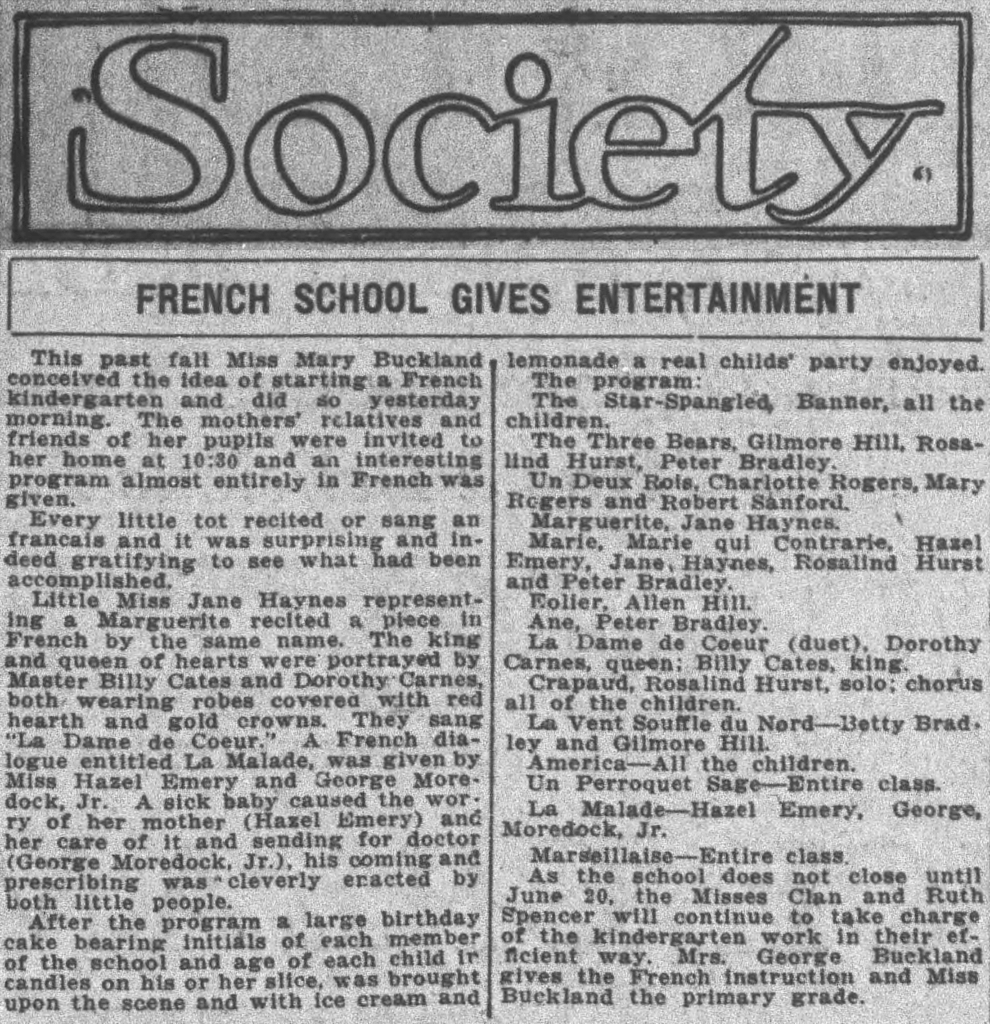
Courtesy The Florida Metropolis, May 10, 1919.
They taught not only French, but also reading, writing, and arithmetic to neighborhood children, some of whom would become pillars of the Jacksonville community such as Telfair “Stockton” Rogers, Sr., and Charles “Charlie” D. Towers Jr. One glimpse into Buckland family records, and teaching quickly emerges as a tradition of the Buckland women, younger daughter Charlotte later joining the profession at the Julia Landon College Preparatory School in the Duval County Public School System.
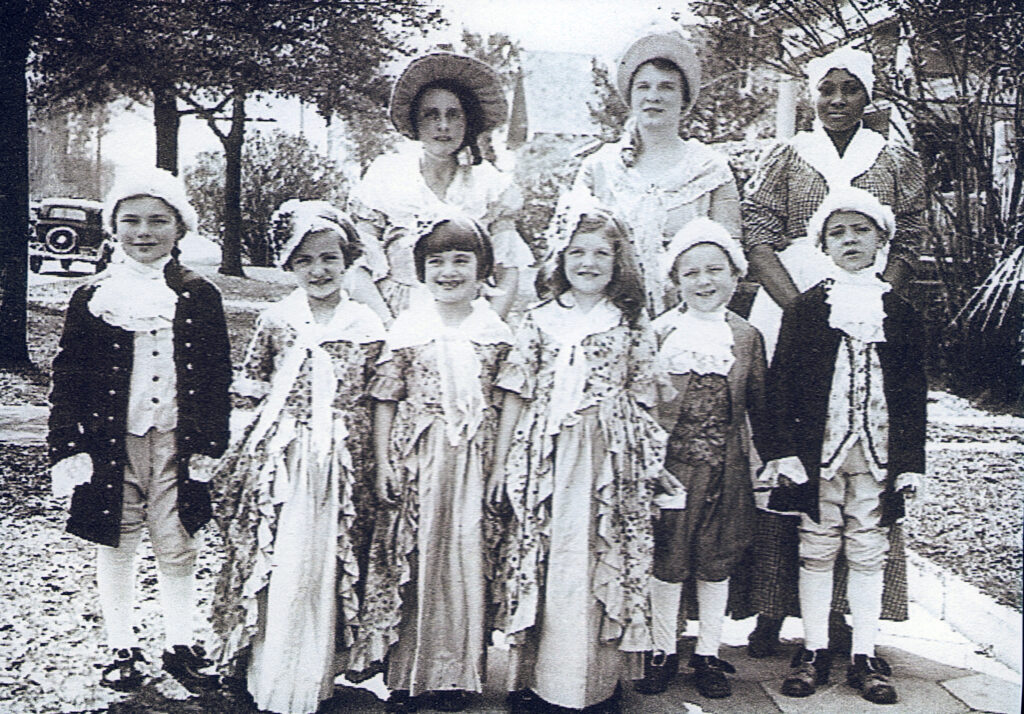
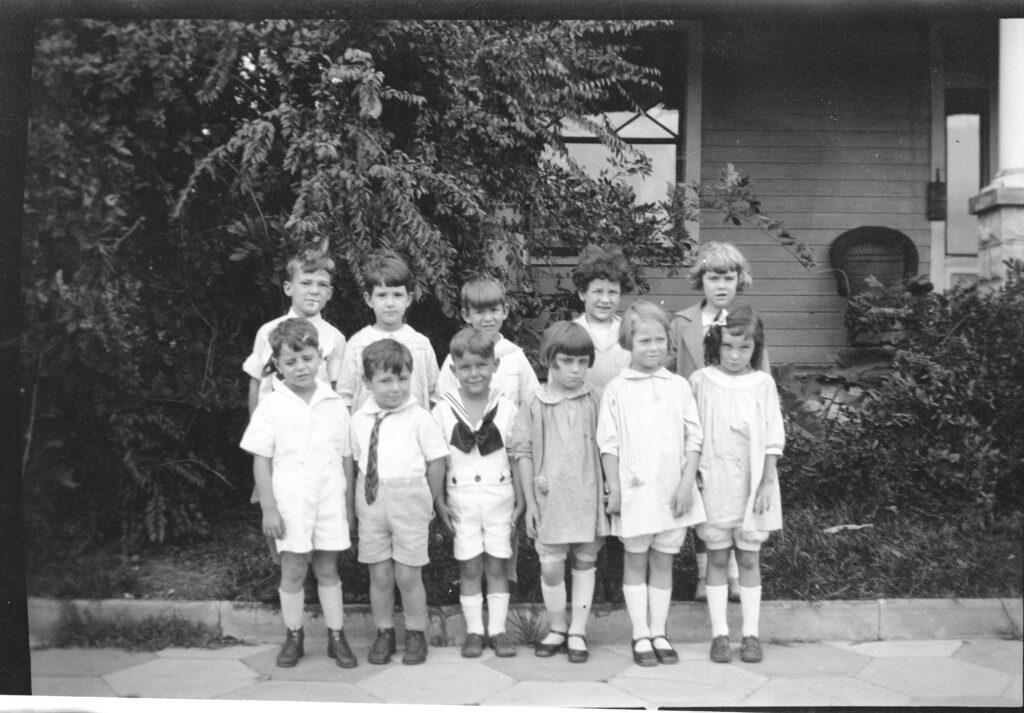
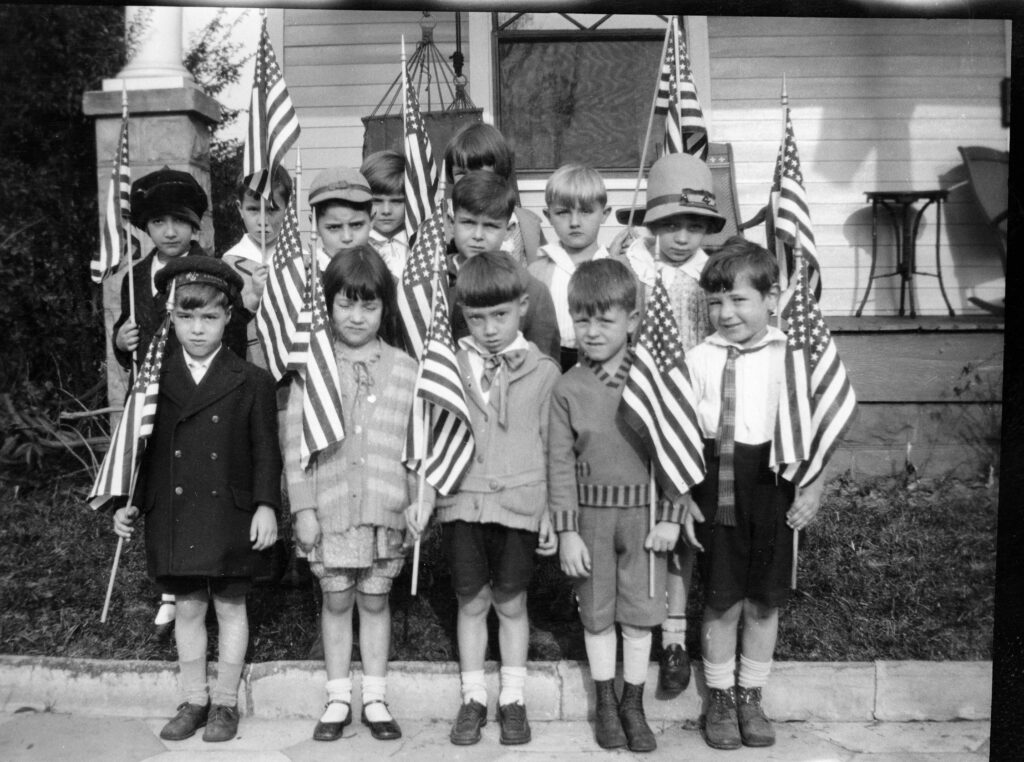
Left to right: Mary Buckland (top left) with French Primary School students and domestic workers (names once known); French Primary School students, courtesy Wayne Wood.
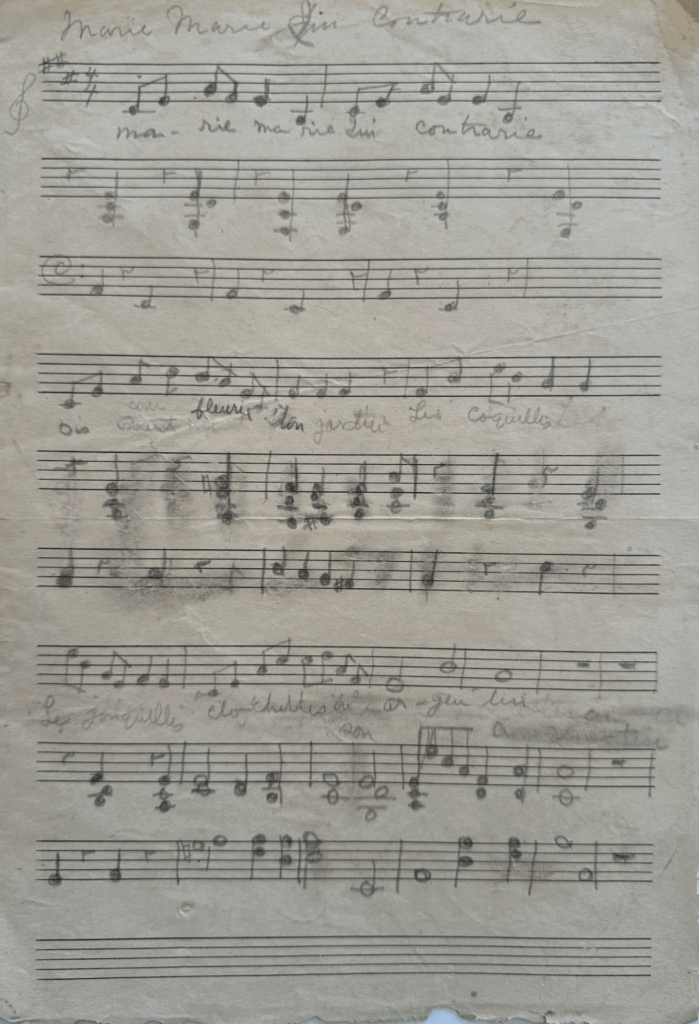

Left to right: Hand-written music, “Marie Marie I’m Contrarie” with French lyrics, c. 1920; Vingt Ans Après: Tome II by Alexandre Dumas, published by Imprimerie Nelson, Edimbourg, Ecosse, date unknown.
Miss Jacobi’s School
As students themselves, Mary graduated from Miss Jacobi’s School in 1915, and Charlotte graduated from Duval High School in 1923 (source: Rutherford B. Hayes Presidential Library)—both early Jacksonville schools now closed. While a hard end date for matriculation has been elusive, Miss Gertrude F. Jacobi was the principal and director of academics at her eponymously named school founded in 1900 and located at 235 East Adams Street.
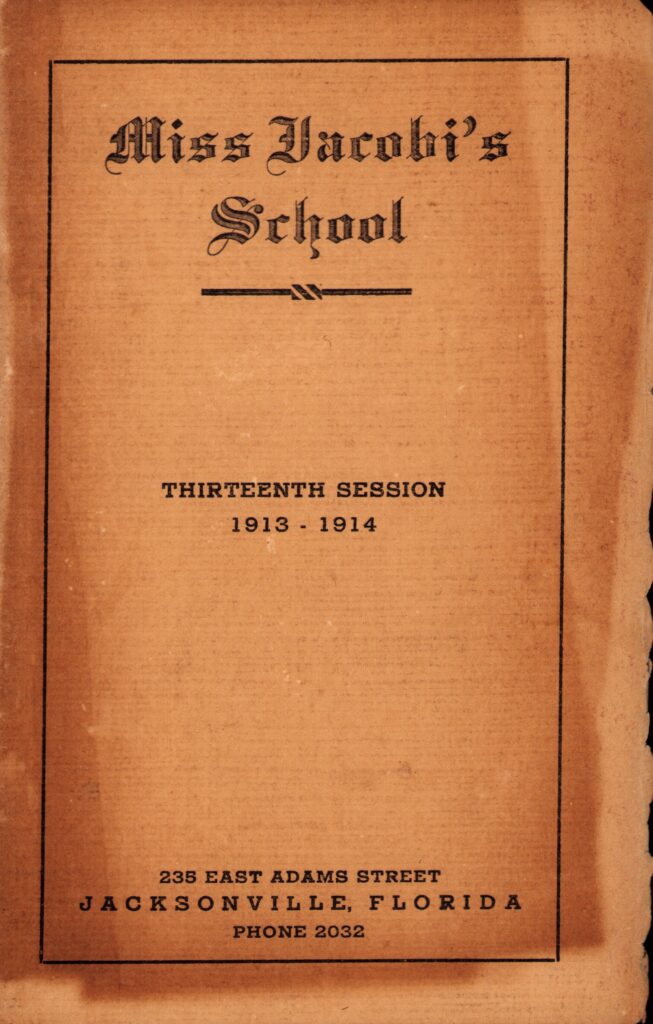
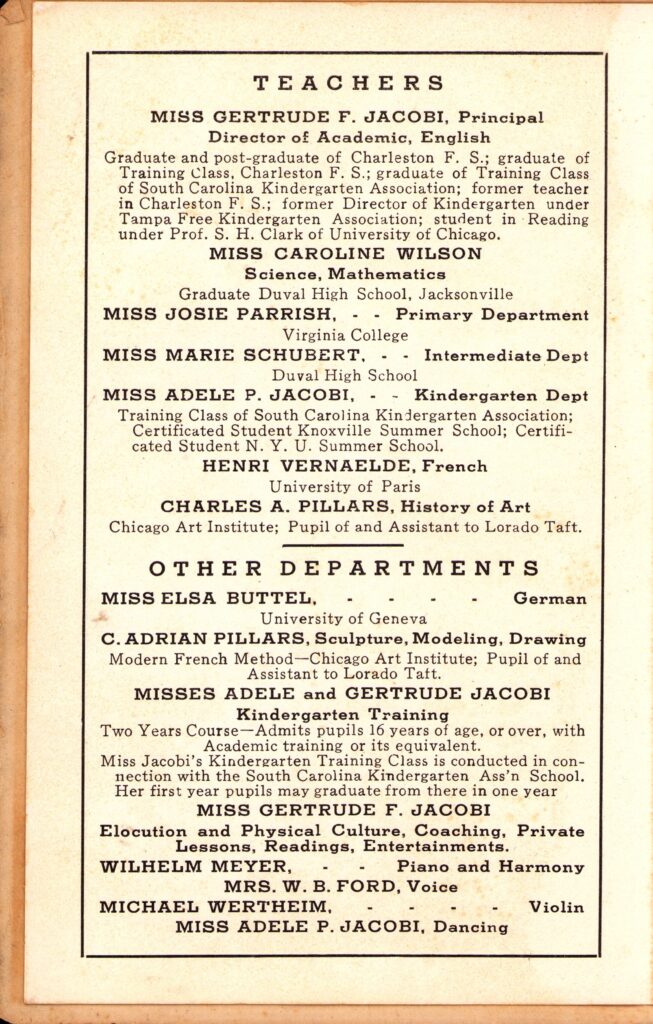
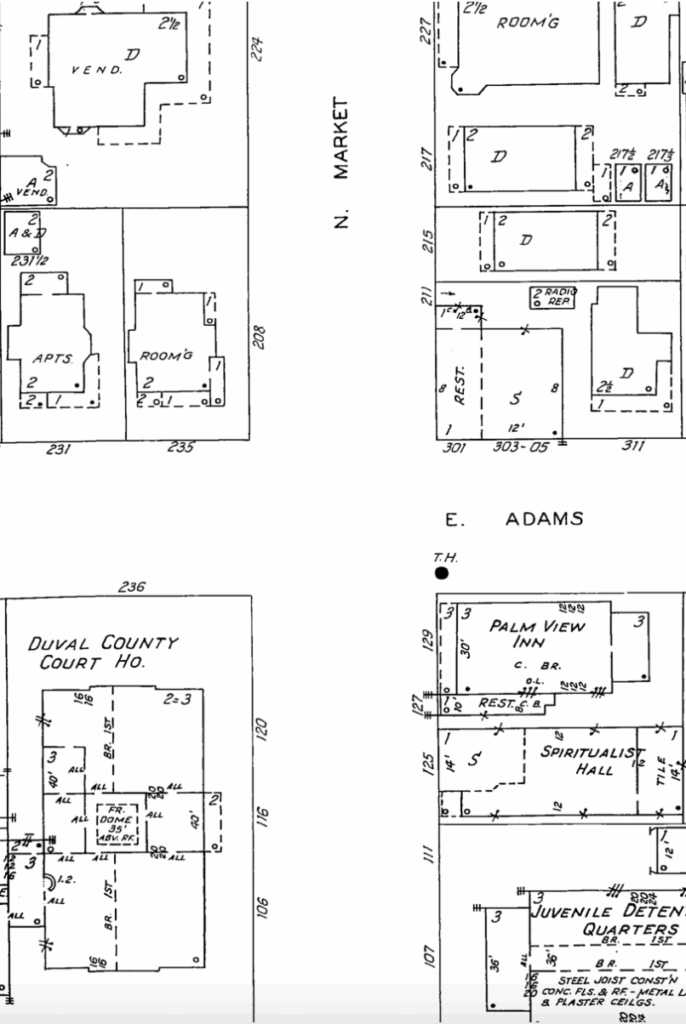
Left to right: Miss Jacobi’s School thirteenth session 1913–1914 pamphlet; Miss Jacobi’s on Jacksonville Sanborn map, vol. 1A, 1924–1949.
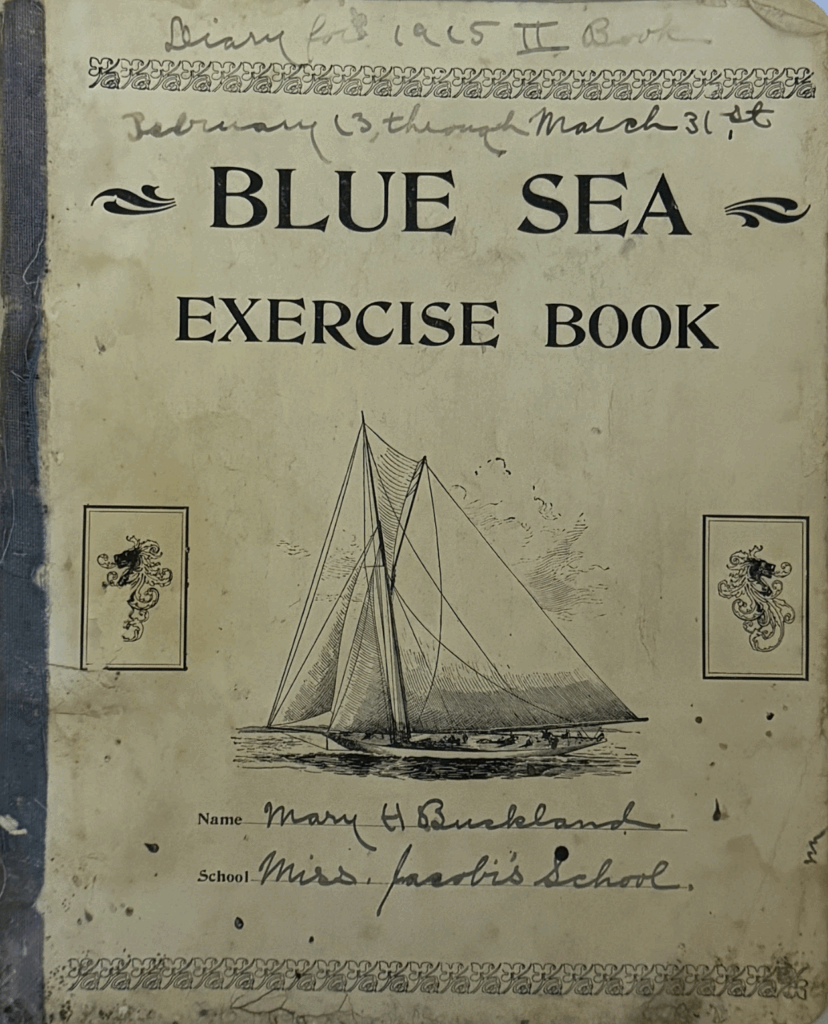
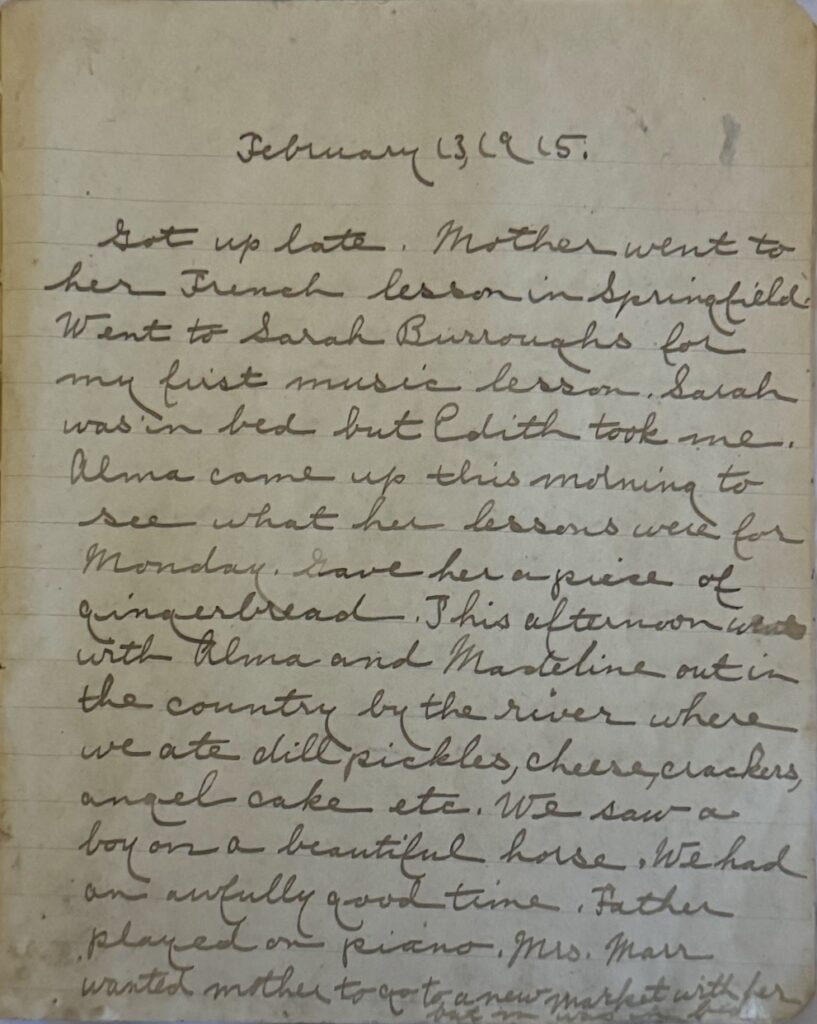
Mary Buckland’s exercise book from Miss Jacobi’s School, February 13–March 31, 1915.
Duval High School: Public School No. 1
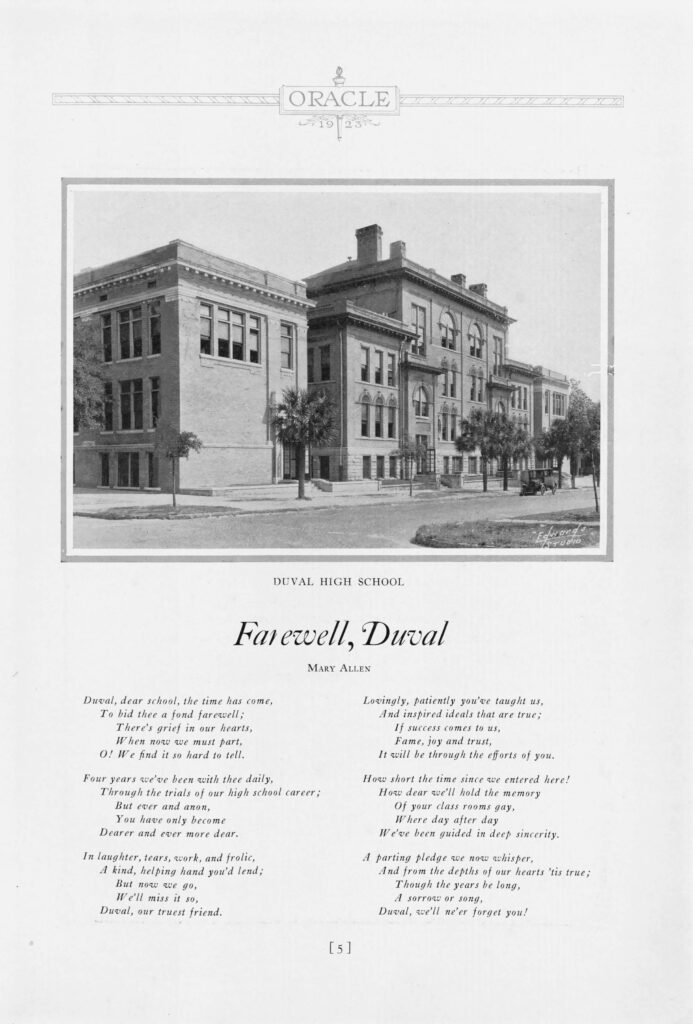
Duval High School was Jacksonville’s Public School No. 1, built in 1877. When the original structure burned in the Great Fire of 1901, a new school of red brick and rose limestone was designed by Wilbur B. Camp in 1907–1908 at 605 North Ocean Street, followed by flanking additions in 1920 and ’22 to accommodate an increase in student population. Our very own Charlotte Buckland missed the final commencement of Duval High School by just four years; its doors closed in 1927 (source: Tim Gilmore, 2012).
In 1980, architect Ted Pappas renovated the abandoned building into the Stevens Duval Apartments for the elderly, still standing today (source: UNF Digital Commons).
Duval High School’s The Oracle yearbook, page 5, 1923, courtesy Jacksonville Public Library.
Landon High School
Charlotte attended Agnes Scott College in Decatur, Georgia, where she earned a degree in botany in 1927. In 1933, she graduated with a Master’s degree in science from the University of Virginia. Charlotte served on the faculty of Landon High, built by Marsh and Saxelbye architects at 1819 Thacker Avenue in San Marco, from 1936–1965 as a science teacher.
Landon High transitioned to a middle school in 1966, and then again to the Julia Landon College Preparatory School in 2009. The Buckland Collection holds a commemorative silver plate for Charlotte’s time on staff at Landon, citing the years 1936-1967. Perhaps she worked for the middle school during that final year before retirement.
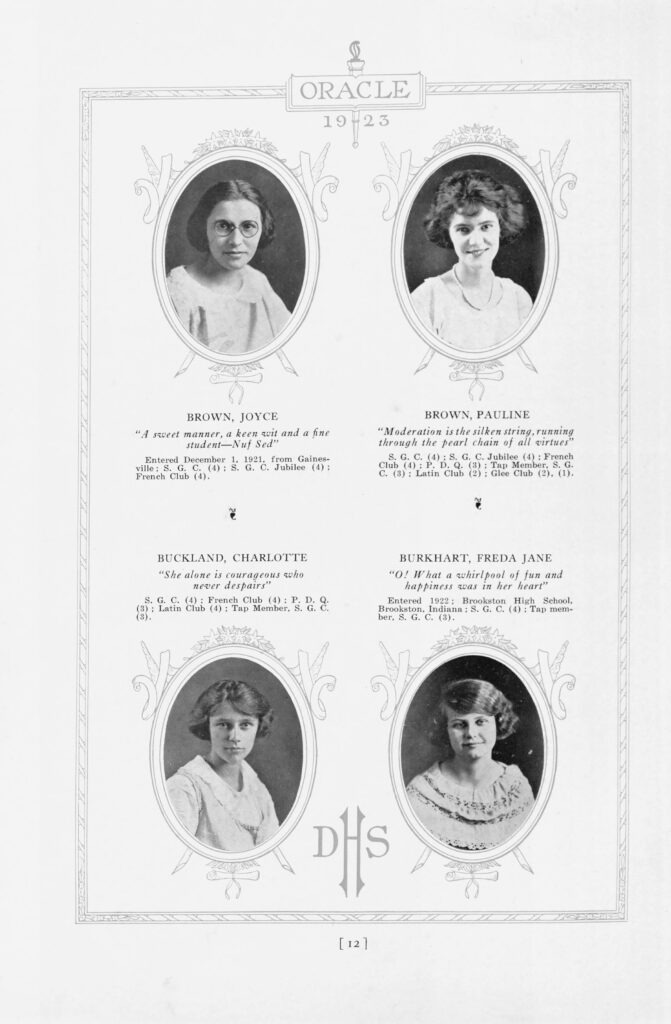
Duval High School’s The Oracle yearbook, page 12 (see Charlotte Buckland bottom left), 1923, courtesy Jacksonville Public Library.
In fact, according to The Resident, San Marco edition (July 31, 2025), alumni of Landon High are hoping to keep alive the memory of the original school, which was the smallest of three high schools opened in 1927 to accommodate Jacksonville’s continued population boom, with a historical marker on the property of the Julia Landon College Preparatory School. “’Students from our last graduating class are nearing their 80s, and we have gotten together to preserve the history of the school,’ said [Charlie] Rooks, chair of the [Landon Alumni] Association’s Landon High Memorial Committee. ‘We just didn’t want Landon to be forgotten.’”
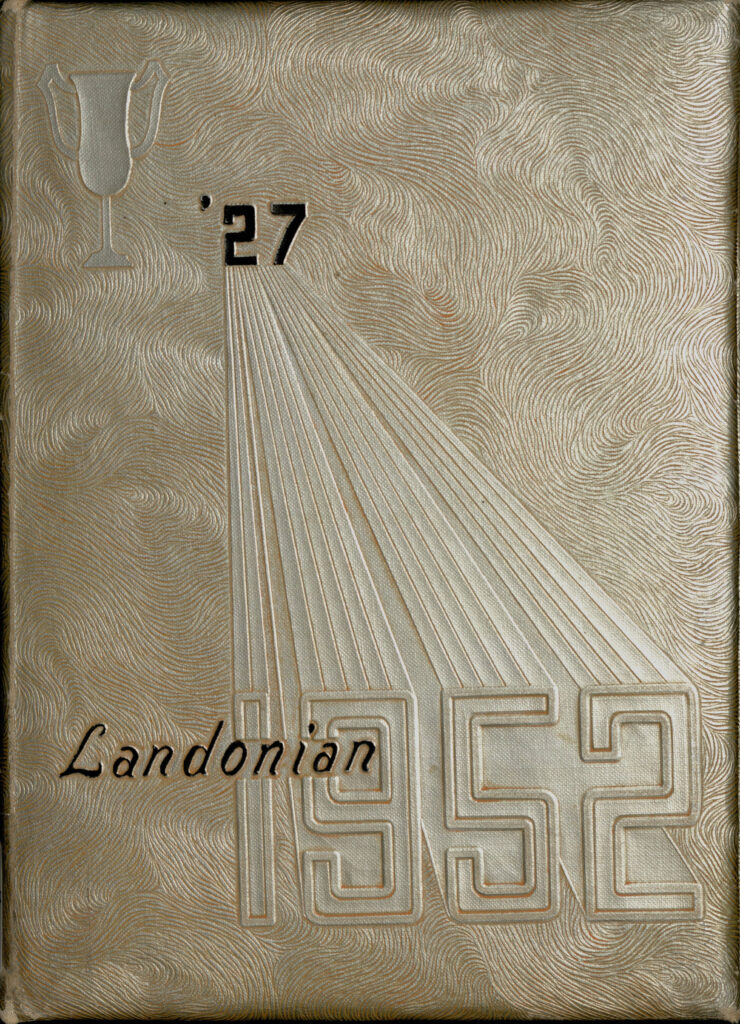
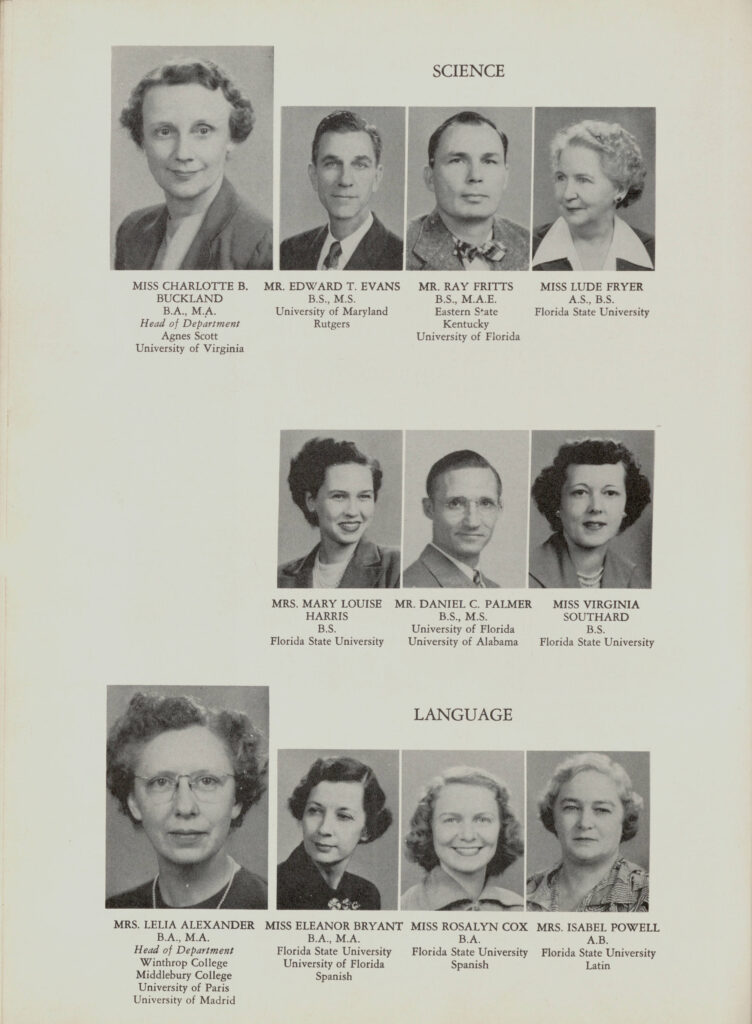
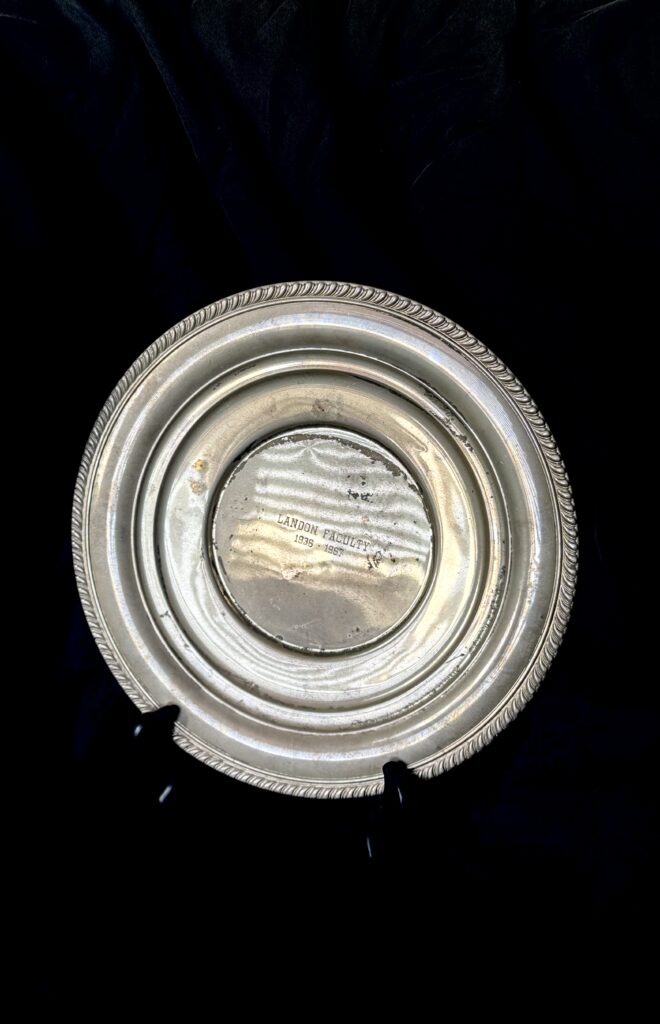
Left to right: The Landonian yearbook of Landon High (center: see Charlotte Buckland top left), 1952, courtesy Jacksonville Public Library; Charlotte Buckland’s commemorative plaque for Landon High faculty service 1936–1967.
Annie Lytle Elementary School
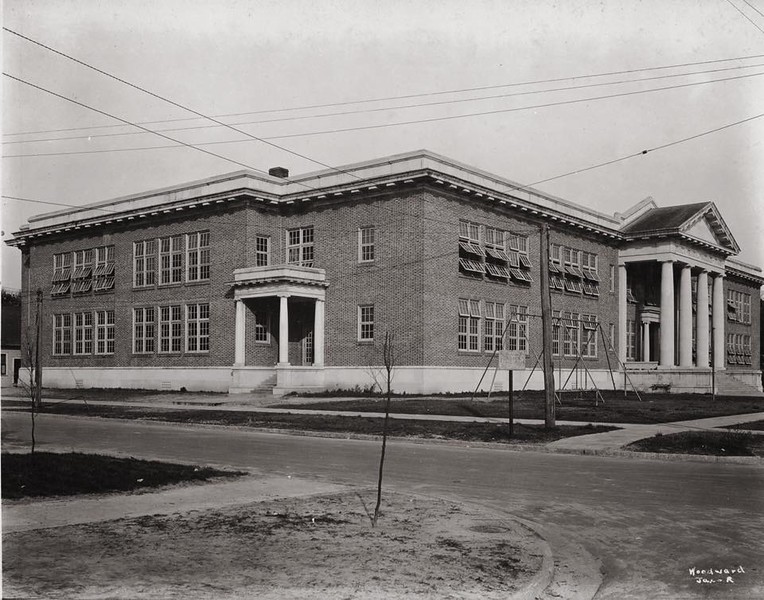
Annie Lytle Elementary School, also known as Riverside Grammar School or Public School No. 4, was once within the Riverside neighborhood boundary prior to the construction of I-95 via the Fuller Warren Bridge beginning in 1954. In no time, the school closed in 1960, as it was cut off from the constituency it served.
Annie Lytle Elementary or Public School No. 4 in 1927, courtesy Woodward Photography Studio.
While the school’s origins date to 1891, the current building dates to 1917, built by famed Charleston architect Rutledge Holmes as the Riverside Grammar School. In its heyday, the school was primarily known as Annie Lytle Elementary, named for beloved educator and then principal who served the school from the early 1890s until her retirement in 1949 (source: The Jaxson, 2024).
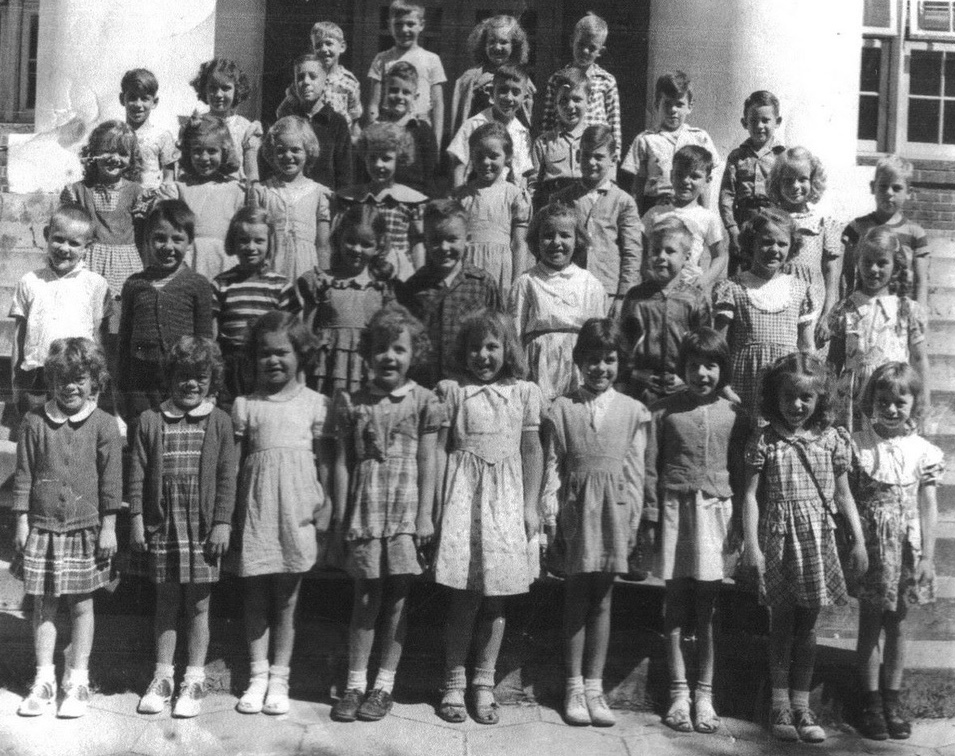
Mrs. Davis’ Second Grade Class, 1951, courtesy Annie Lytle Preservation Group.
Concordia School
The Concordia School, built by the prolific V. Roy Kooker whose name is on countless Riverside Avondale homes, was founded in 1919 at 645 Oak Street as a private all-girls school, but closed just six short years later in 1925. The alma mater of famed Florida musician Frances Sawyer, it’s not completely coincidence that Sawyer was later a member of the Friday Musicale, who bought (1929) and renovated (1945, architect Russell Seymour) the school’s gymnasium, Concordia Hall, as its clubhouse and performance space, which the organization still occupies today.
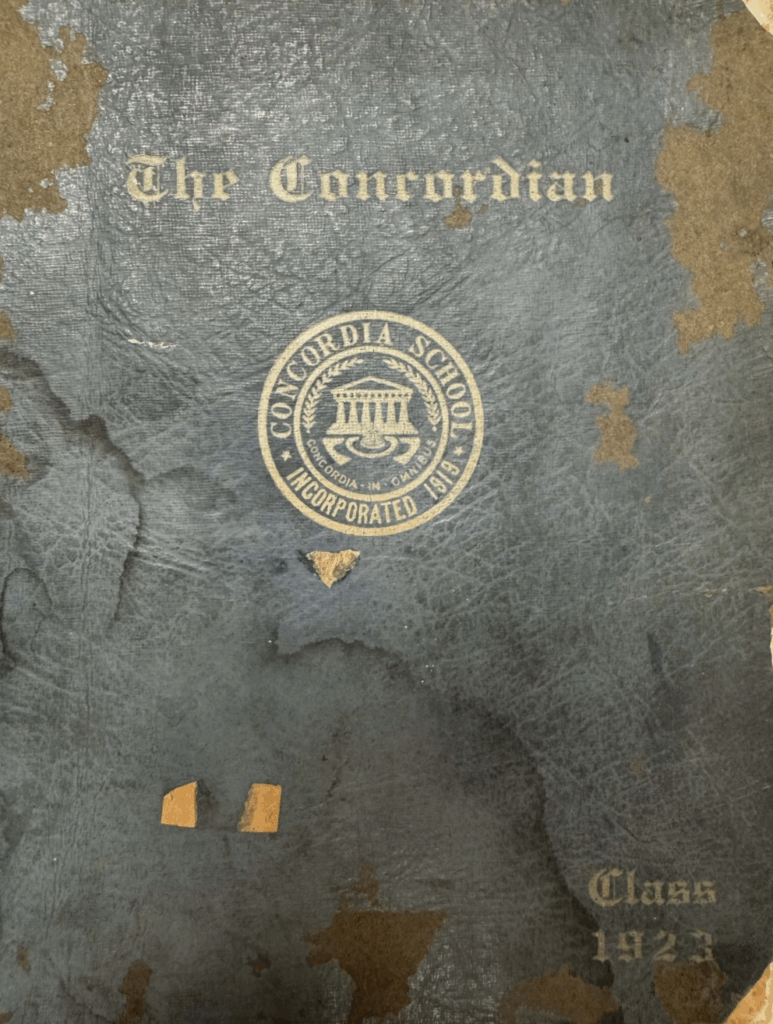
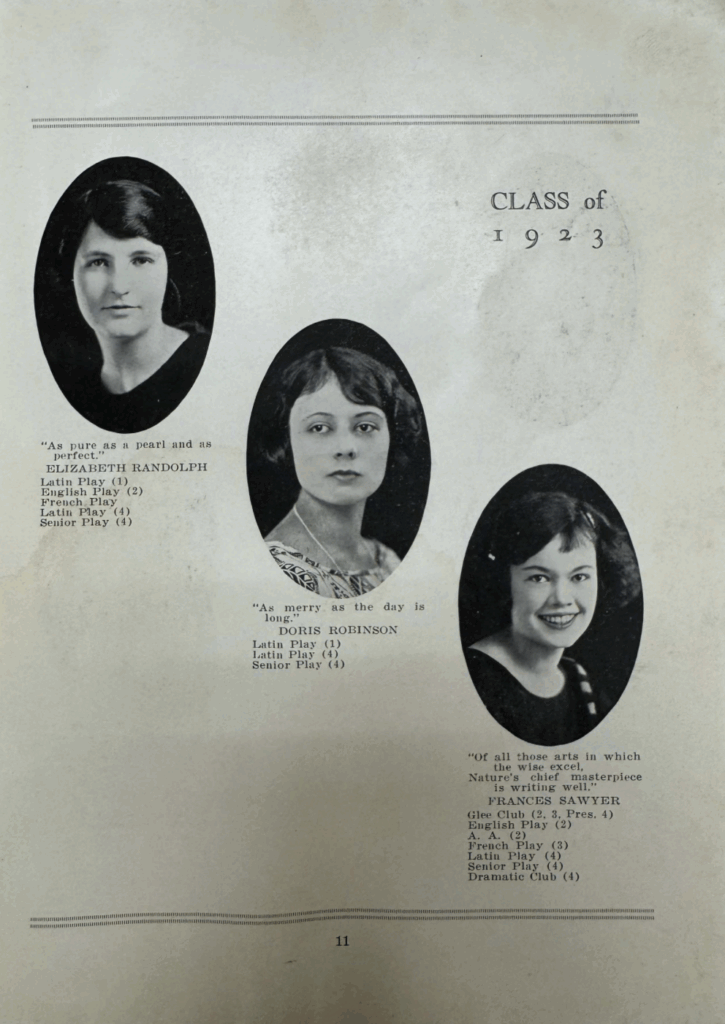
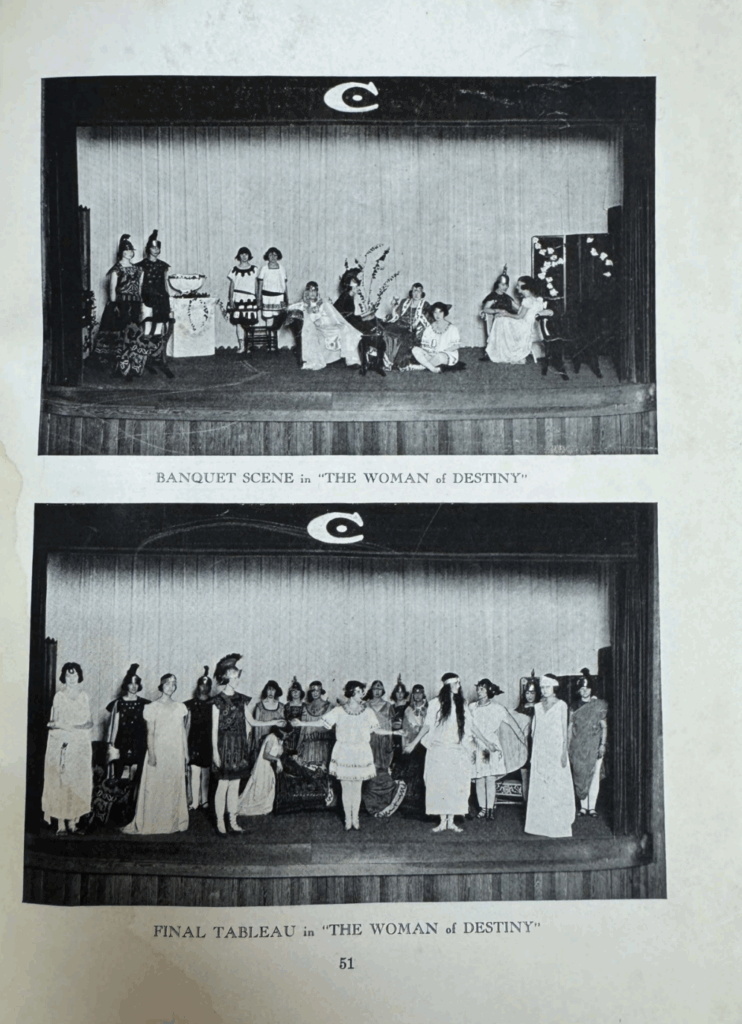
Left to right: the Concordian yearbook of the Concordia School, 1923; see Frances Sawyer bottom right; theatre scenes from inside Concordia Hall prior to Friday Musicale’s purchase, courtesy City of Jacksonville, Community Planning Division I – Historic Preservation Section.
John Gorrie Junior High School
John Gorrie Junior High School, built in the Mediterranean Revival style by Roy A. Benjamin and Mellen C. Greeley, opened in 1923 at 2525 College Street. Its namesake a celebrated physician, scientist, and inventor who invented the first air conditioner in 1844, the junior high closed in 1997 and is better known today for its repurposing as a smart 68-unit condominium home. In 2009, J. Wayne and Delores Barr Weaver purchased and converted the Jacksonville Historic Landmark through meticulous renovation and restoration (source: UNF Digital Commons).
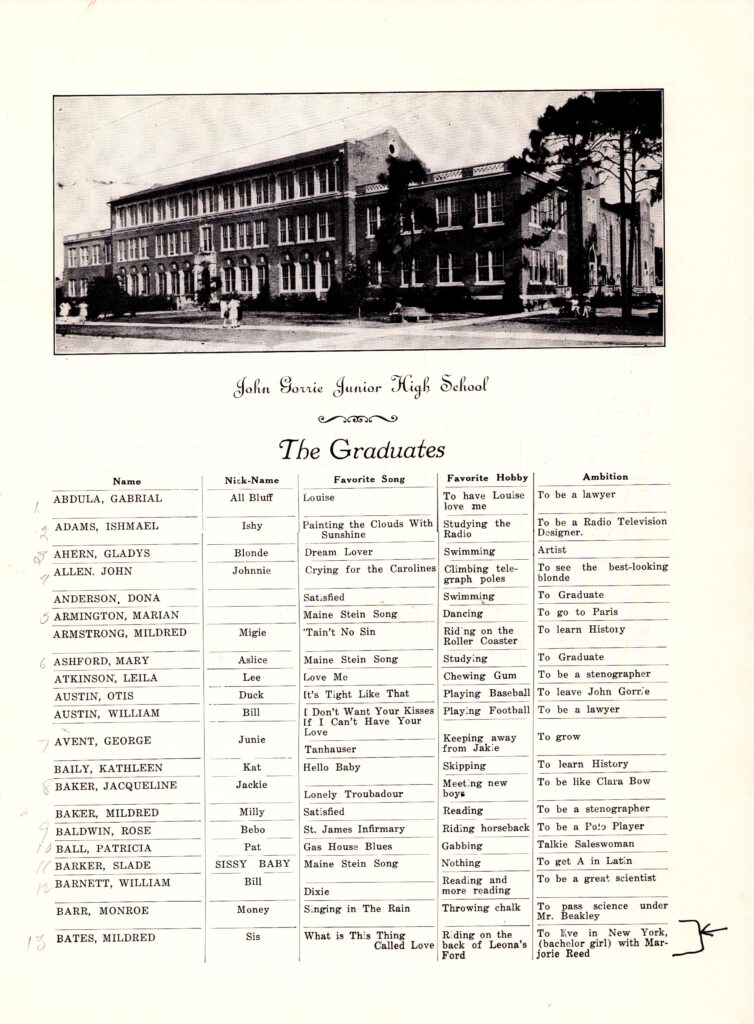
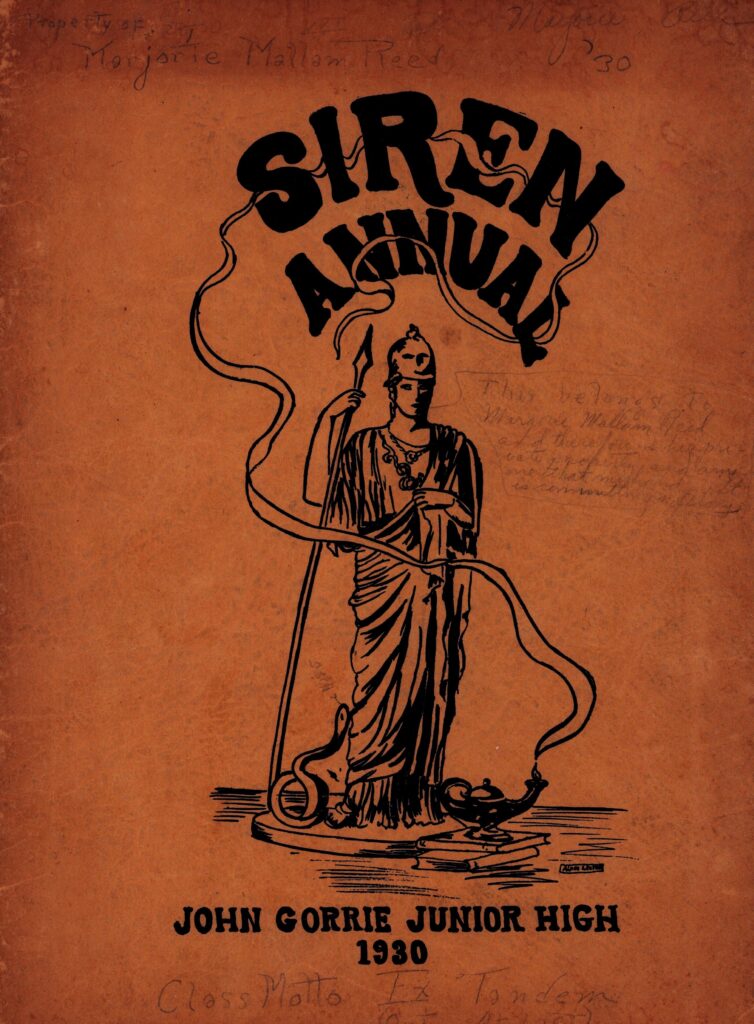
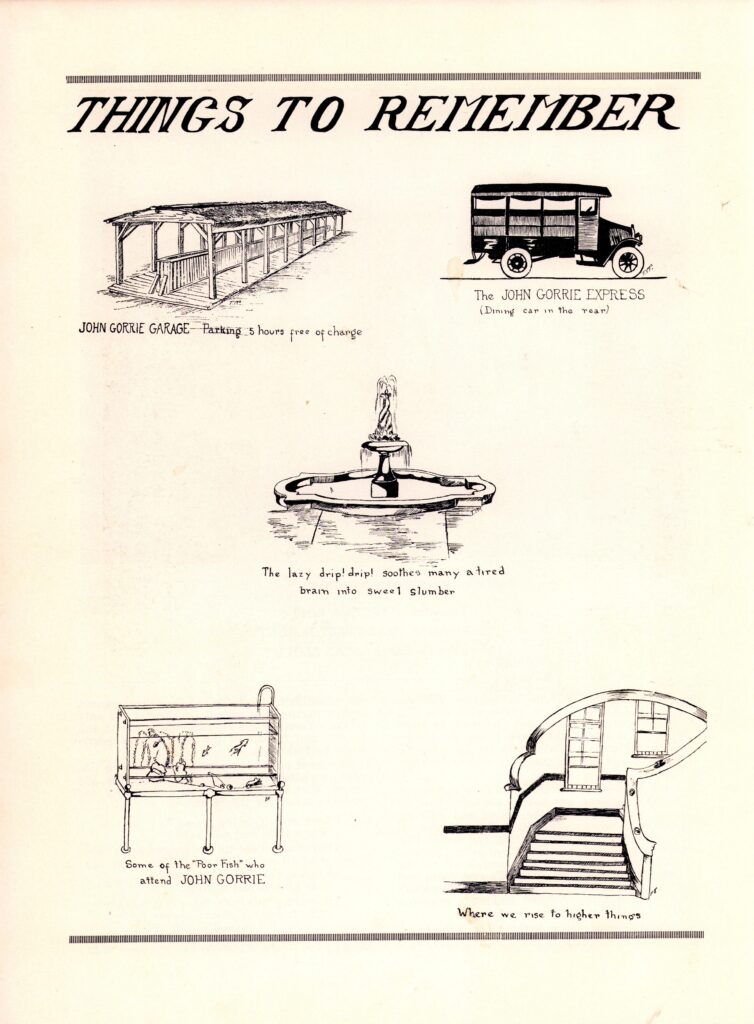
Siren yearbook of John Gorrie Junior High, 1930, donated to RAP by Marjorie Mallam Reed.
With Time, Progress: Desegregation and Schools Today
Jim Crow laws ended with the passing of the Civil Rights Act in 1964, but the US Supreme Court declared school segregation unconstitutional even earlier in 1954. Florida schools were slow to comply. Duval County officially integrated in 1971 following a court order
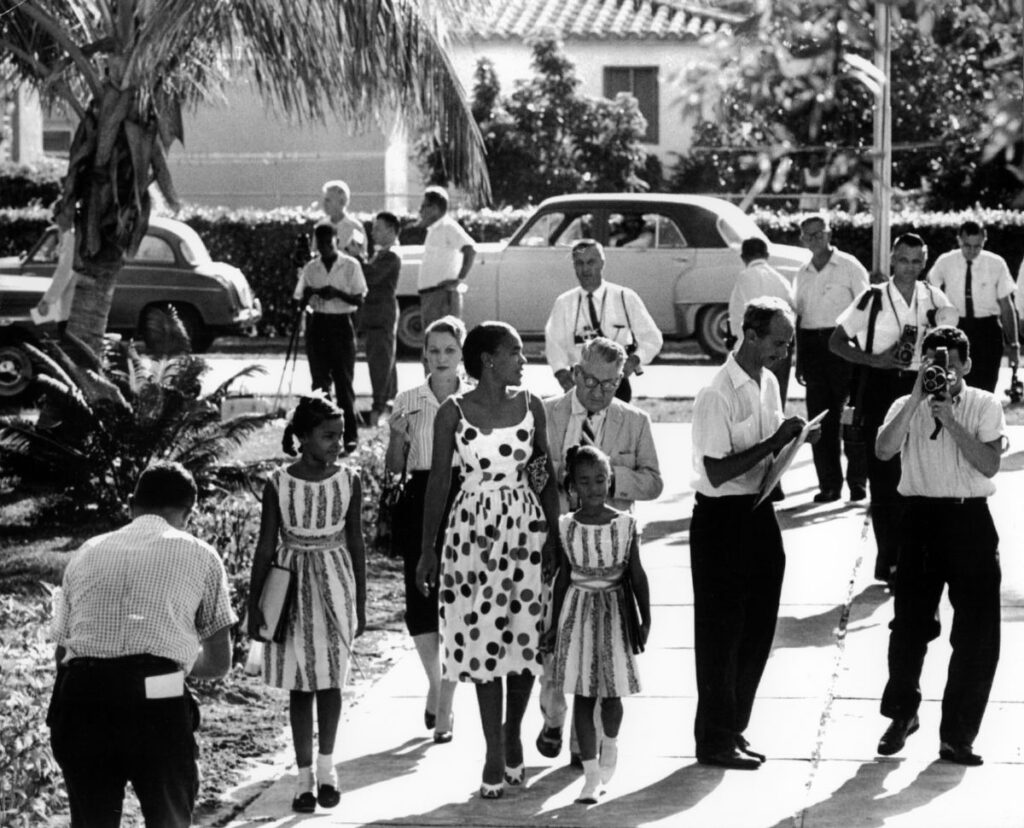
in the case Mims v. Duval County School Board, and the Eleventh Circuit Court of Appeals upheld a 1999 ruling that Duval had achieved “unitary” status, ending court supervision of desegregation in the county (source: flmd.uscourts.gov).
Irvena Primus escorts her daughters Jan and Irene Glover to Orchard Villa School, Miami, September 8, 1959, courtesy State Library and Archives of Florida.
West Riverside Elementary School
West Riverside opened in 1911 at 2801 Herschel Street as a brick Neoclassical Revival with four monumental Doric columns, and it welcomes hundreds of neighborhood students to this day. The building you see now, however, would be nearly unrecognizable to its first students due to two additions—the first in 1916, doubling the width of the façade, and the second in 1922, both by Henry Klutho. Interestingly, Klutho incorporated elements of the Prairie style, creating a true architectural hybrid, not uncommon in Riverside Avondale (source: Jacksonville’s Architectural Heritage by Wayne Wood, 2022).
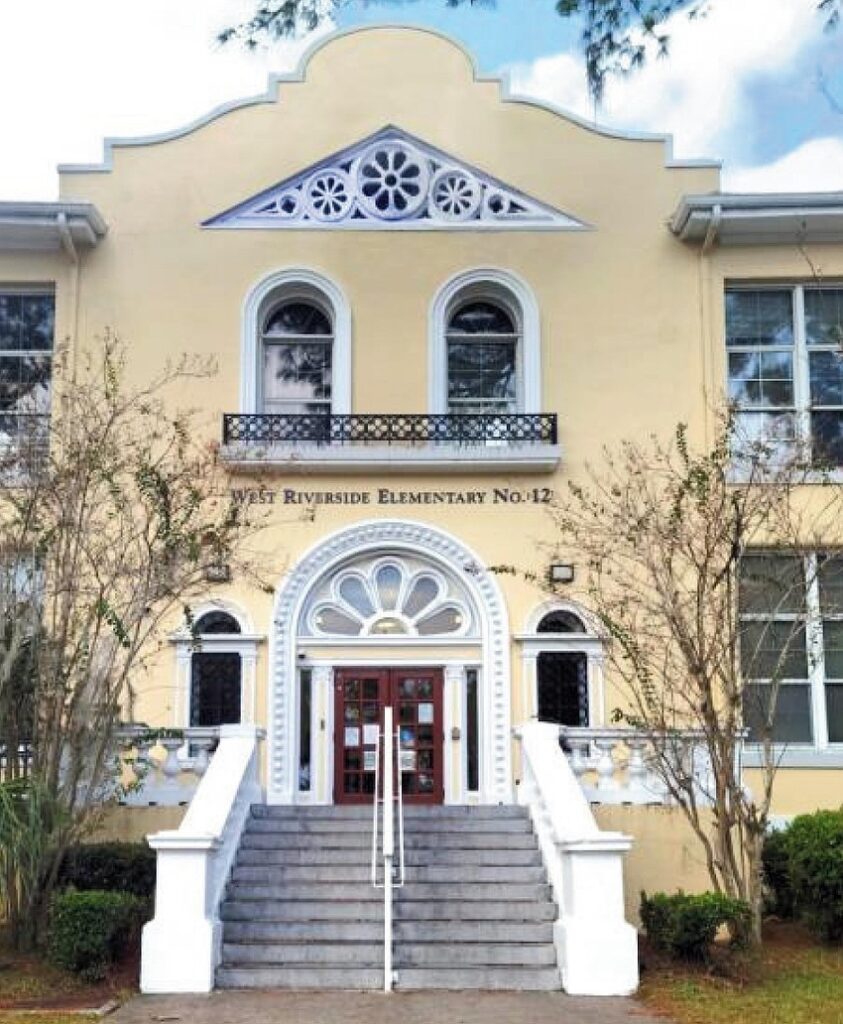
West Riverside Elementary, Herschel Street façade, 2022, courtesy Wayne Wood.
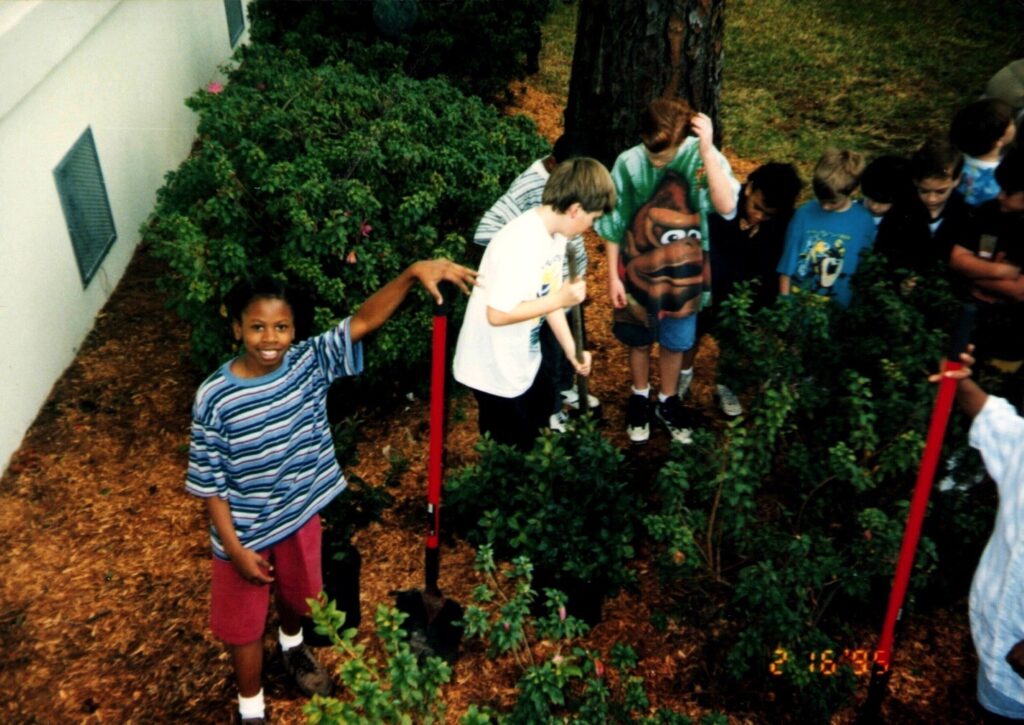
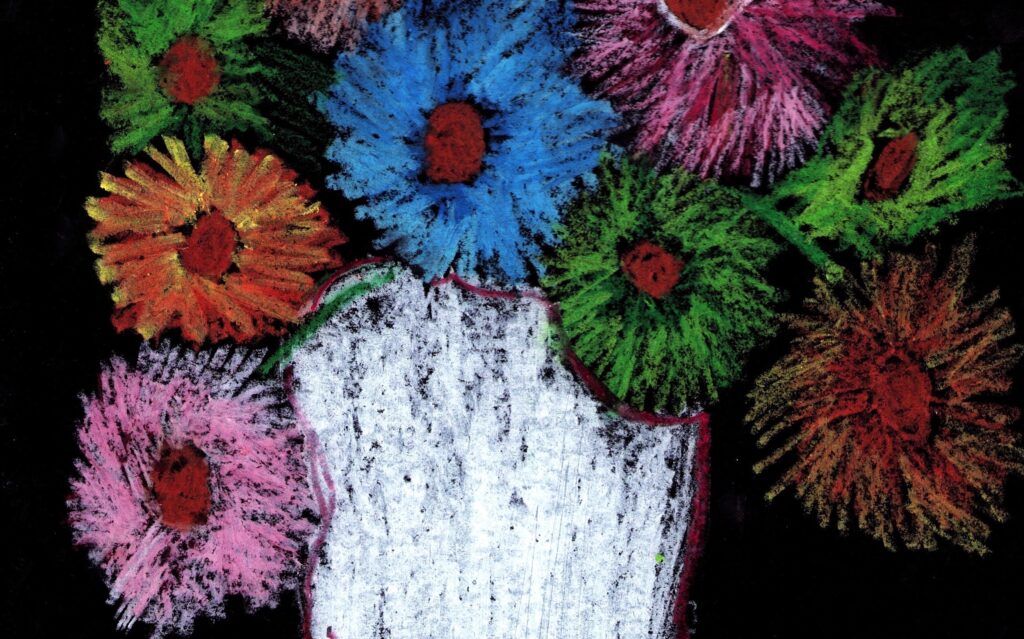
West Riverside Elementary Cultural Arts Extravaganza, sponsored by the Cummer Art Museum, 1994–1995.
Fishweir Elementary School

Fishweir Elementary was built with four rooms in 1917 by O. P. Woodcock on the site of a former cow pasture and opened with just three teachers and two administrative staff members. Like West Riverside, the building underwent additions by Klutho in 1926 and J. D. Powell in 1928 and ’30.
Fishweir Elementary students, date unknown.
In early 2024, Duval County Public Schools released a proposal to close and merge several schools, including Fishweir and West Riverside due to budget cuts. A grassroots effort by the Riverside Avondale community challenged the proposal and a budget revisit by DCPS resulted in the continuance of both schools. Both just matriculated new classes this August (source: Save Fishweir).

Fishweir Elementary façade, 3977 Herschel Street.
St. Paul’s Catholic School
St. Paul’s Parish, a Mediterranean Revival at 2609 Park Street, was dedicated in 1923 by Bishop William Barry and housed the school on the second and third floors. 120 students were welcomed that same year. Since then, thousands have graduated from St. Paul’s, which values spiritual development alongside academics.
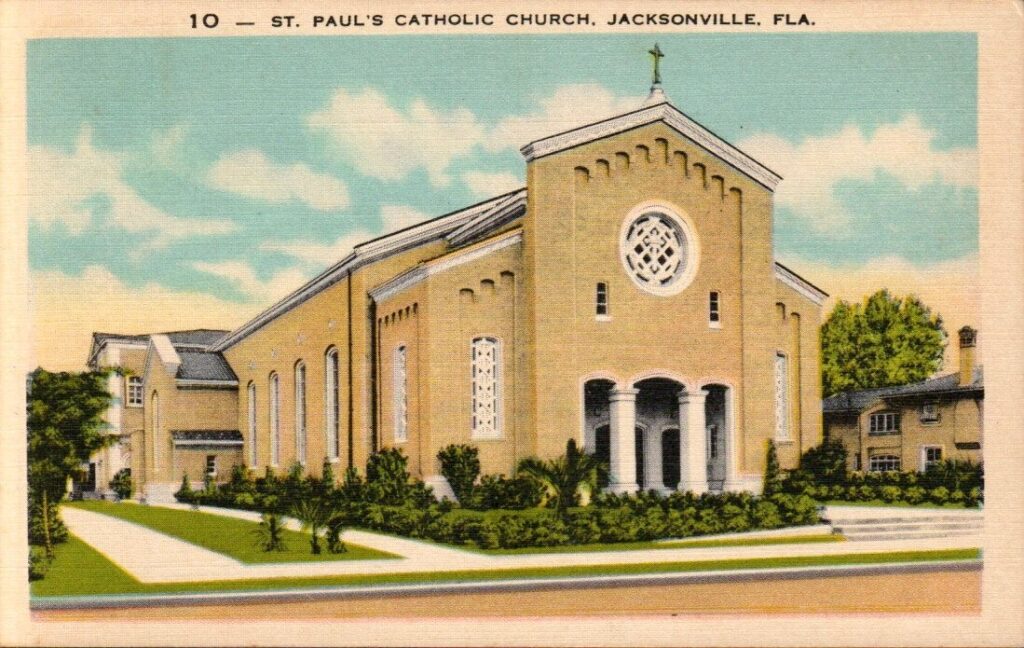
St. Paul’s Catholic Church and School, courtesy Elsner’s Photo Shop, Jacksonville, Fla.
Riverside High School
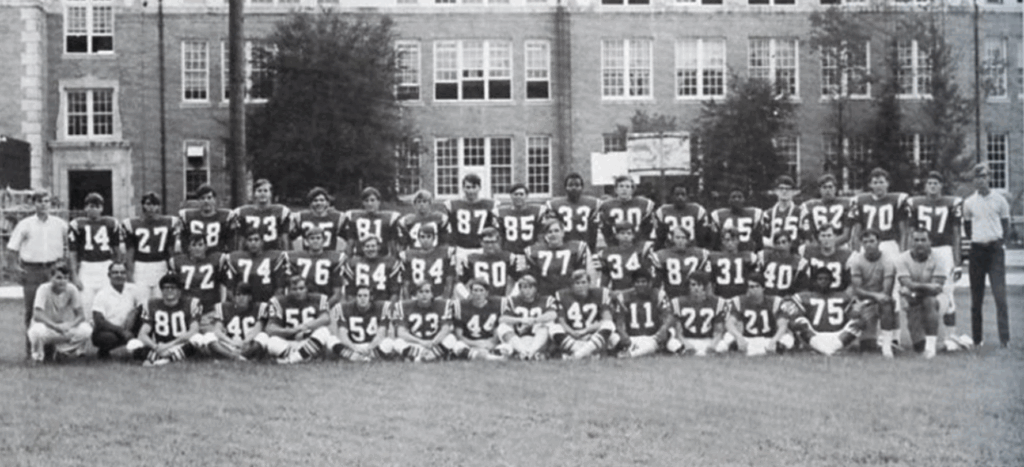
Football team, Robert E. Lee High School yearbook, 1971, courtesy Jacksonville Public Library.
Riverside High School (formerly Robert E. Lee High School) was designed by architects Victor Earl Mark and William B. Ittner in 1926–27 as a “Renaissance palace” at 1200 McDuff Avenue South. The school was settled on land once designated Magnolia Plantation and owned by Elias G. Jaudon and later his daughter Sarah, who converted it into a large dairy farm with her husband John McKinlay. Dedicated to the Confederate general on his birthday, January 19, 1928, Lee High, as it was known at the time, was a centrally-located white high school for Riverside Avondale residents. Prior to desegregation, Black students attended Stanton High School (source: Public Schools of Duval County, Florida by Lee Bigelow, 1939).
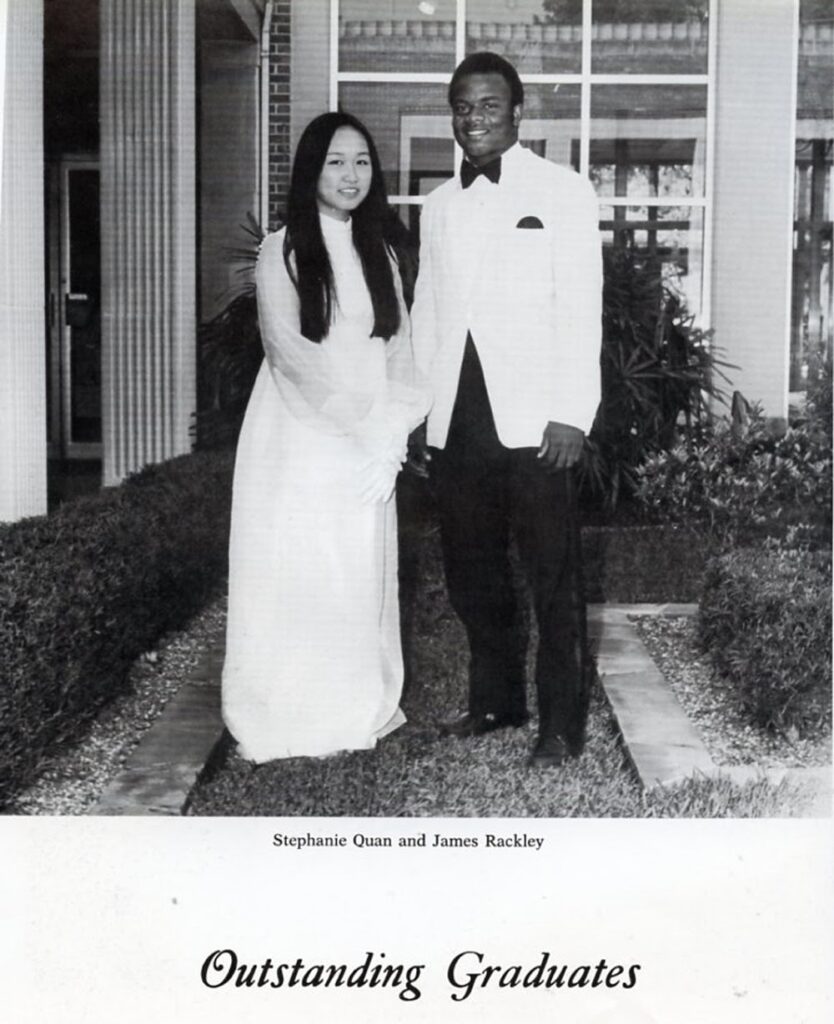
According to Wood’s Jacksonville’s Architectural Heritage (2022), “the school’s [Confederate-inspired] name became a source of heated controversy, as many found it to be a symbol of white supremacy.” It cost a half million dollars and, not coincidentally, was built from the same plans as Andrew Jackson Senior High School (also est. 1926–27)—Jacksonville’s namesake who never actually visited Jacksonville. The school was renamed to Riverside High School in 2021 by popular demand.
Outstanding Graduates, Robert E. Lee High School yearbook, 1971, courtesy Jacksonville Public Library.
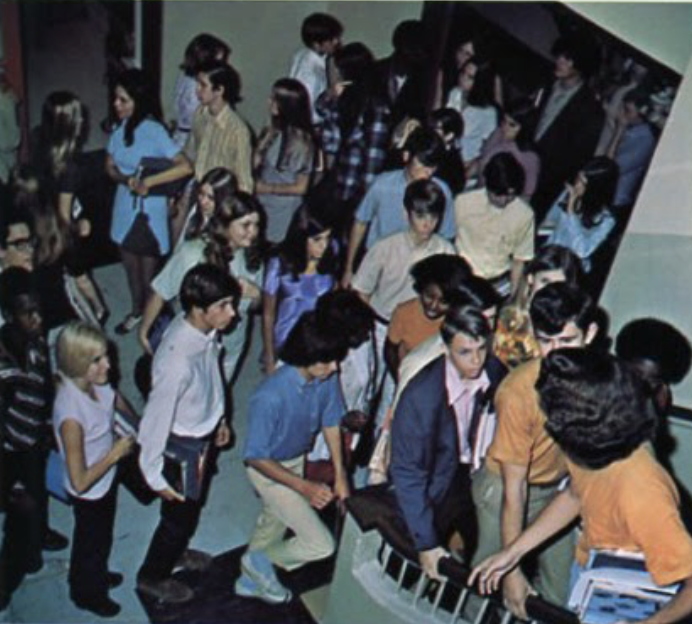
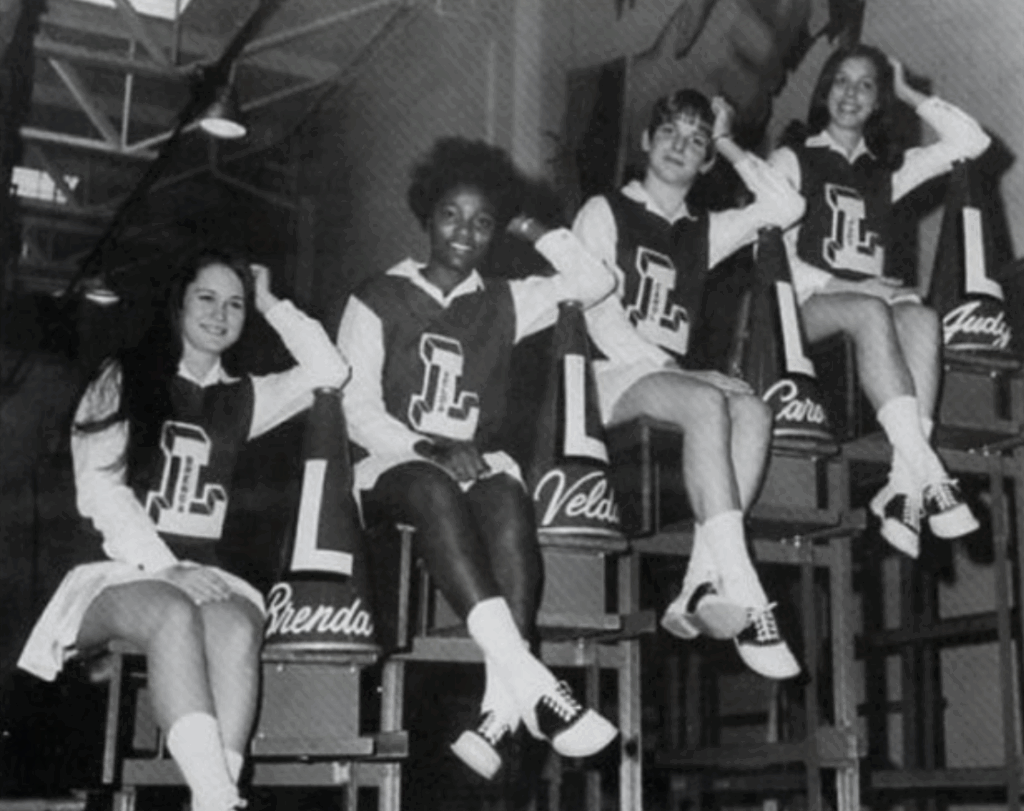
Student photos, Robert E. Lee High School yearbook, 1971, courtesy Jacksonville Public Library.
